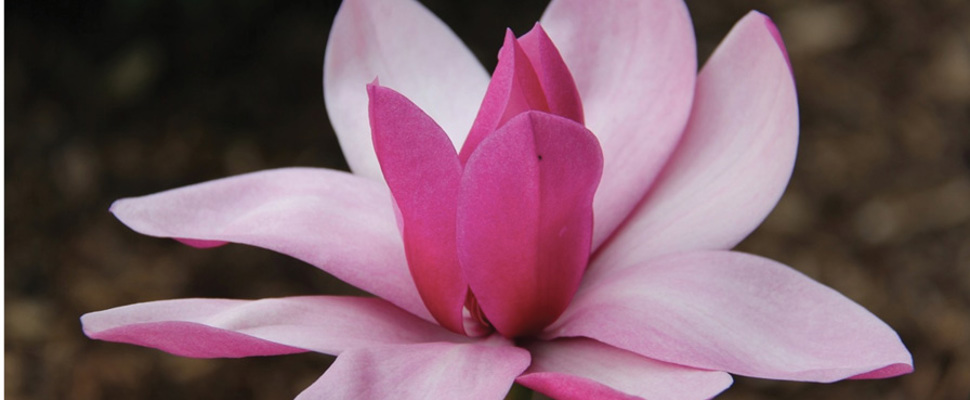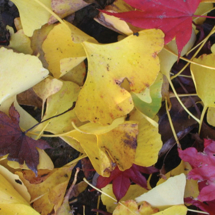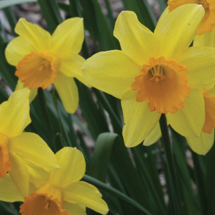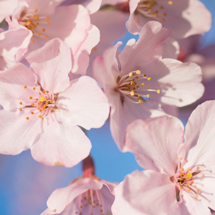
July
July is the middle of winter and can be the bleakest month.
In July it's cold and wet, and there's not much happening in the vege garden - but it is a great time to plant trees!
What to plant
Edible garden
- Field-grown fruit trees, such as plums, peaches, and apples are now available. Thoroughly prepare the planting site by adding compost and ensure trees are secured to a stake after planting.
- Prune pip fruit trees such as apples and pears in winter. When pruning, aim to control the size of the tree and allow more light and air flow circulation. Also, remove any dead or diseased limbs and remove those that are crossing over each other (branches rubbing on each other can let disease into the wood).
- Prune feijoas and figs once harvest is complete.
- Generally, it is best to avoid planting out seedlings or sowing seeds as soils are too cold and wet.
Flower garden
- Remove spent blooms from polyanthus, pansies and other
annual s. - Generally, it is best to avoid planting out seedlings or sowing seeds as soils are too cold and wet.
What to harvest
- Winter is the citrus trees’ time to shine with grapefruit, lemon, mandarin and limes being a bright highlight to a winter garden. Their vitamin C content is appreciated in winter too.
- Slowly harvest greens such as spinach and kale – do not take too much as plant growth is slow and they need foliage to transpire.
Shrubs and perennials
- Continue to divide herbaceous perennials such as asters, rudbeckias, monardas etc. Divisions taken from the outside of the old clump are best for replanting.
- It is easiest to dig up the whole clump and place two garden forks back to back where you want to split the clump. Then you can prise the two pieces apart.
- Before replanting, work compost into the planting site. Plant the new clumps in their new location with their crown just below the surface. New shoots may need protection from slugs and snails.
- Roses can be planted now, particularly field-grown plants that become available in winter. Add compost and sheep pellets to garden beds before planting new roses. Planting in winter allows roses to get their roots well established before the warmer months of summer.
- Winter is the time to prune roses. Start pruning by removing the three D’s – dead, diseased and distorted canes. The aim is to produce a rose bush with an open, vase-shaped look to allow light into the centre of the plant and help stimulate the growth of new buds and canes.
Trees
- Winter is the best time to plant trees. Ornamental field-grown trees become available now. Ensure you keep the root balls moist until you plant. Work ample amounts of compost into the soil before planting and consider staking if it is particularly tall.
- If choosing a new fruit tree, check out the top fruit trees for Auckland leaflet to get one that will thrive in Auckland’s climate. Also, be aware that some fruit trees need to be planted with others to help with pollination. This way it will help you to get good quality, heavier crops.
Lawns
- During wet winter periods, it is best not to cut your grass too low as this can result in boggy ground. Grass with extra foliage transpires more effectively and grows more vigorously, and therefore helps reduce the amount of mud.
 August
August
 September
September
 October
October